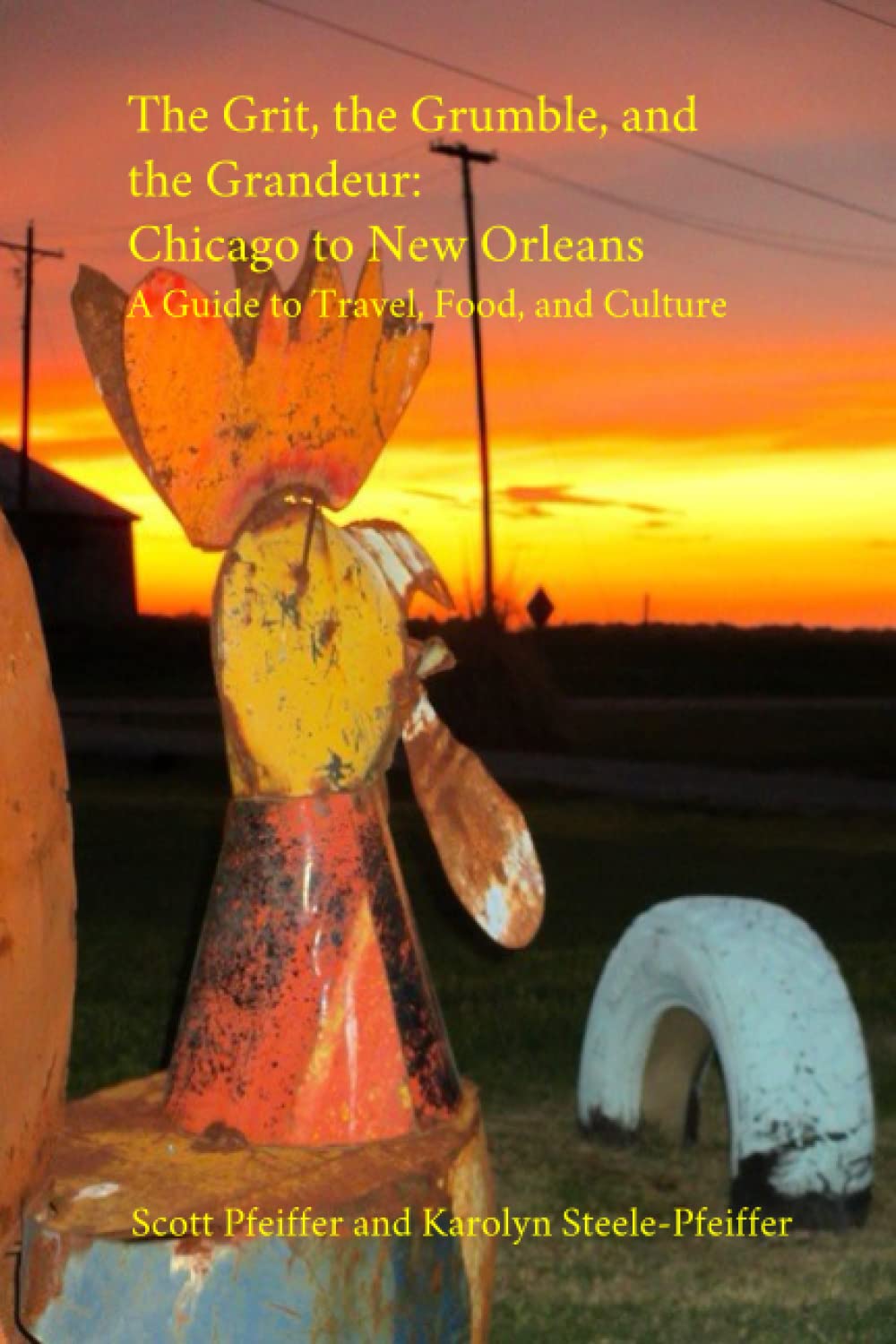Notre Musique
This master returns. At 74, Jean-Luc Godard, cinema’s “enfant terrible”, has still got it.
His latest, ‘Notre Musique (Our Music)' is a meditation on humanity’s greatest failure: war. Like the Divine Comedy, it’s structured into three kingdoms: Hell, Purgatory and Heaven. “Hell” is a 10-minute montage of documentary and fictional “text” (that is, film clips) of war accompanied by piano music that is by turns lovely and jarring. “Purgatory”, the main body of the film, is a literary conference in Sarajevo in which real literary figures mix with actors. “Heaven” is an idyllic forest by the sea guarded (or is it occupied?) by the U.S. Marines.
Although “Purgatory” is set in Sarajevo and is thus overtly concerned with the aftermath of the wars over the breakup of the former Yugoslavia, the setting is meant to more generally evoke the hope of healing and reconciliation. When Judith, a young Israeli journalist sympathetic to the Palestinian cause (Sarah Adler), surveys the charred remains and bombed-out husks of this once cosmopolitan city from the backseat of a taxi and tears stream silently down her face, it is as moving a moment as Godard has given us.
In “Purgatory”, Godard, playing himself, is in Sarajevo to present a lecture on “Text and Image in the Cinema”. He makes some interesting points about the ways our preconceptions affect our viewing of images. If we’re shown a picture of a Danish castle we may say that it’s not that interesting. Once told it is Hamlet’s castle, it becomes interesting. He displays an image of charred ruins and asks the attendees where it was taken. They guess Eastern Europe or Japan. It turns out to be a picture of Richmond, Virginia, 1865, from the civil war in the United States.
You may ask, is there more to this film than the obvious “war is hell” message? Actually Godard’s primary interest here is to look critically at images and narratives of war, and at who gets to create these images and to what ends. As the Palestinian writer Mahmoud Darwish, a guest at the conference, points out to Judith, the city of Troy was sung of by Homer and the conquering Greeks, not by its vanquished citizens. Godard’s also concerned with criticizing the images produced by Hollywood, which narratives he considers to be propaganda. In contrast, Godard cites what he calls “the principle of cinema”: “Go Towards the Light and Shine It On Our Night”.
- Feb 4, 2005


 Scott Pfeiffer
Scott Pfeiffer